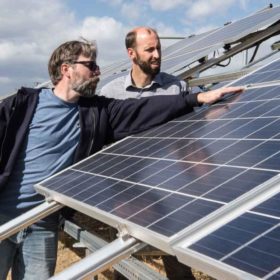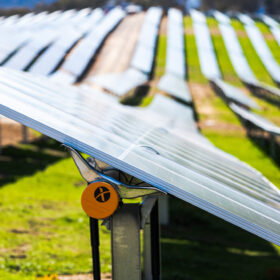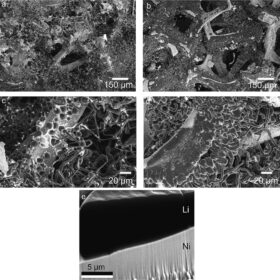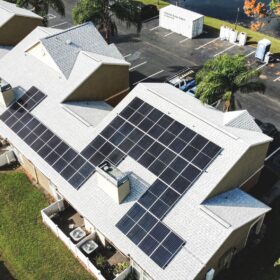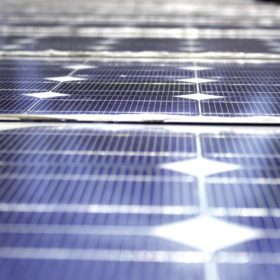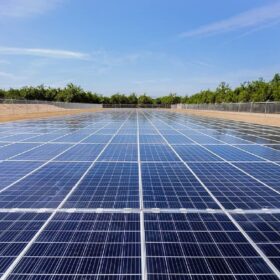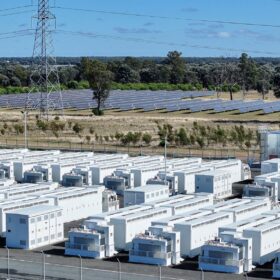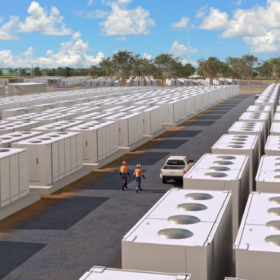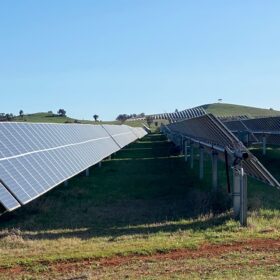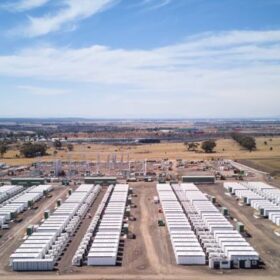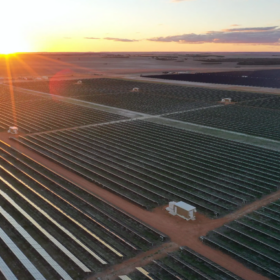Overcapacity hammering solar stocks
BloombergNEF Senior Analyst Jenny Chase and Aurora Energy Research Renewables Lead Rebecca McManus speak with pv magazine about financial market trends for solar companies and the role of overcapacity as a driver of turbulence in the industry.
How long do residential solar panels last?
Multiple factors affect the productive lifespan of a residential solar panel. In the first part of this series, we look at the solar panels themselves.
NASA pictures hydrogen-emitting ‘fairy circles’ in WA
NASA has released an image of “fairy circle” clusters in the North Perth Basin of Western Australia, noting the formations have been discovered to naturally seep hydrogen gas from their perimeters.
WA lithium miner backs US giant’s $6.6 billion takeover bid, sparks unusual trading activity
The board of Australian lithium developer Liontown Resources has backed a refreshed $6.6 billion (USD 4.3 billion) bid from US company Albemarle Corp., the world’s largest lithium producer. Since then, Liontown has seen a massive spike in trading, with speculation about it being linked to Australia’s richest person.
Nextracker unveils three next-gen solar racking products
Australia’s most popular mounting solution brand, US company Nextacker, has released a hail stow-ready rack, a terrain following tracker and an irradiance-tracking yield optimiser.
Anode-less redox flow batteries capable of fast cycling
Researchers in the US have demonstrated that replacing the planar lithium anode in a redox mediated lithium-sulfur redox flow battery with a high surface area scaffold enables 10 times faster cycling, up to 10 mA cm−2, without short circuit or voltage instability.
‘Make it burn’ and other lithium-ion first responder guidance
American Clean Power has published a guide for first responders on lithium-ion battery energy storage system emergencies, offering insights based on the 2023 NFPA 855 code revision.
Allume lands $2.3 million to support roll out of Solshare tech in U.S.
Australian solar technology company Allume Energy estimates that its behind-the-meter Solshare platform can help residents in multi-unit buildings save up to 40% on their electricity bills.
PV cell technology trends
Ongoing innovation in PV cell technology will have major impacts as solar is deployed at a “multi-terawatt scale” over the next two decades, according to a global team of scientists.
Driving down cost of solar key to unlocking green hydrogen future
Reducing the cost of solar electricity will be the key to unlocking the next chapter of the energy transition: a green hydrogen economy, according to Jim Tyler, CEO of solar technology company Erthos.

